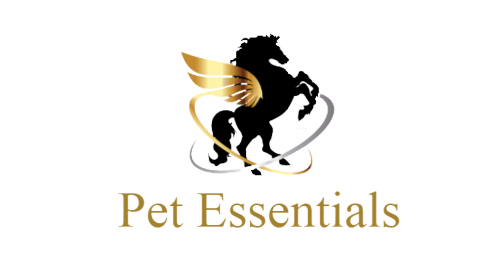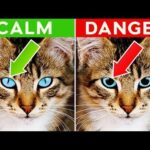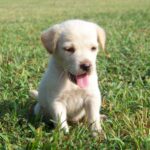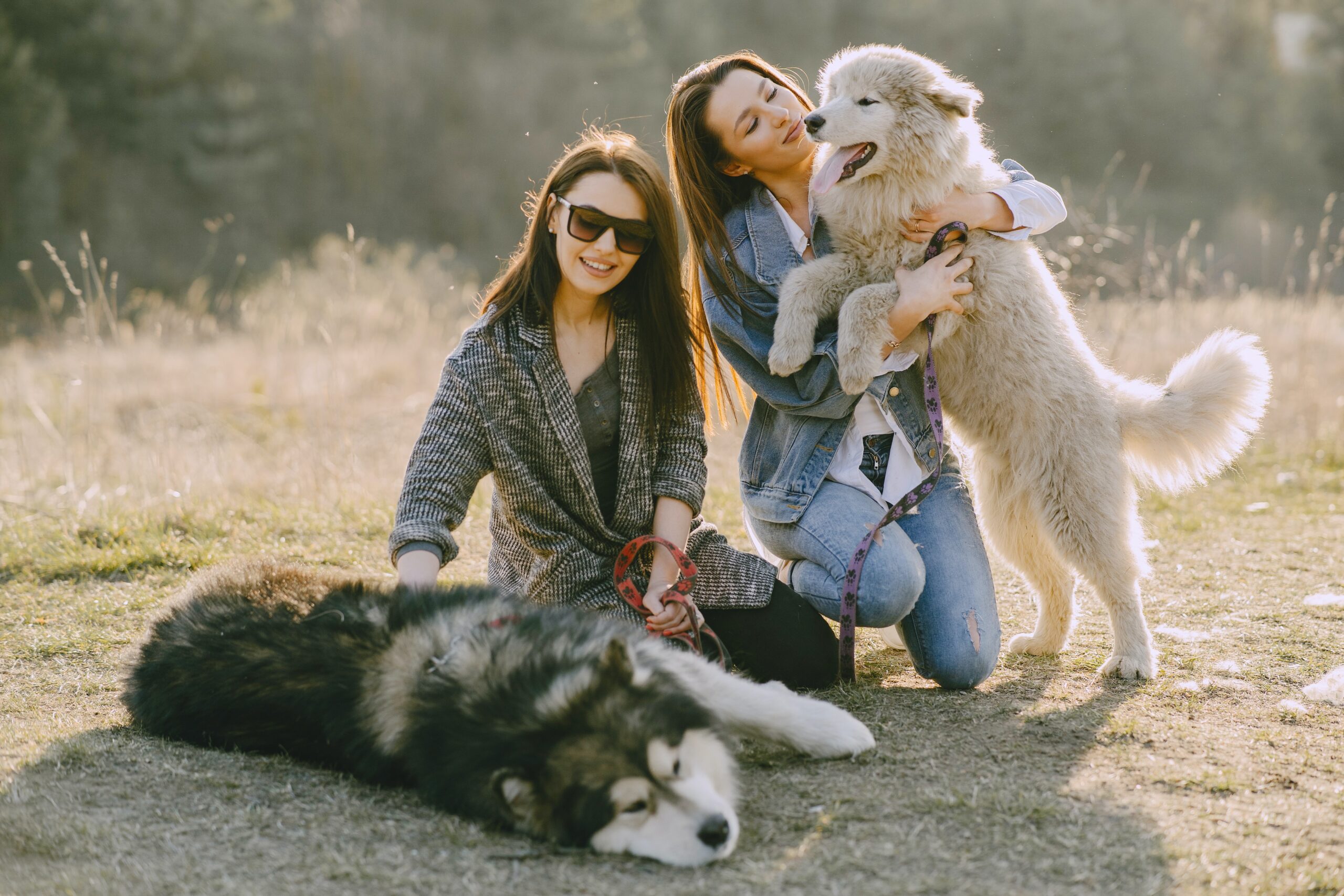New dog owners can identify when their dog is happy with them by paying attention to various behavioral cues and body language. Here are some signs that indicate a happy and content canine companion:

Tail Wagging: A wagging tail is a classic sign of a happy dog. However, the speed and height of the wag can convey different emotions, so it’s important to consider the context.
Smiling Face: Dogs often show happiness by pulling their lips back in a relaxed manner, sometimes resembling a smile. Their eyes may also appear soft and relaxed.
Eager to Greet: When your dog is happy to see you, they may greet you enthusiastically with wagging tails, wiggling bodies, and even playful jumps.
Relaxed Body Posture: A happy dog typically has a relaxed body posture. They may stand or lie down with their muscles relaxed, not tense or hunched.
Playfulness: Play is a strong indicator of a happy dog. If your dog engages in play, such as fetching a ball or play-wrestling, they are likely feeling joyful.
Affectionate Behavior: Dogs often show their affection by nuzzling, licking, or cuddling with their owners. These actions demonstrate their love and contentment.
Appetite: A dog that eagerly eats their meals is generally a happy and healthy dog. Loss of appetite can be a sign of unhappiness or illness.

Willingness to Learn: Happy dogs are often more receptive to training and learning new commands. They are eager to please their owners and engage in activities together.
Contentment During Rest: When your dog is content and happy, they’ll rest comfortably and peacefully. They may curl up in a relaxed position and may even snore lightly.
Play Bow: The play bow is a classic invitation to play. Dogs lower their front end while keeping their rear end elevated. It’s a sign of joy and readiness for interaction.
Steady Breathing: A calm and steady breathing pattern is indicative of a relaxed and content dog. Rapid or irregular breathing can be a sign of stress or anxiety.
Willingness to Make Eye Contact: Happy dogs often make eye contact with their owners, showing trust and a desire for connection.
Grooming and Self-Care: A happy dog will engage in self-grooming and personal care, keeping themselves clean and healthy.
No Signs of Aggression or Fear: A happy dog is typically not aggressive or fearful. They are comfortable and confident in their owner’s presence.
It’s important to remember that every dog has its unique personality and way of expressing happiness. Some dogs may be more reserved, while others are exuberantly expressive. Understanding your dog’s individual cues and body language is key to building a strong bond and ensuring their happiness and well-being. If you have concerns about your dog’s behavior or happiness, consult with a veterinarian or a professional dog trainer for guidance.





















